Canada Ports Rail Volume Report: September 2024


RailState, the rail industry’s only provider of real-time rail network visibility, independently tracks all freight rail movements across Canada in real-time.
This report covers freight movements into the major Canadian ports. It excludes intermodal traffic, which is covered in a separate Intermodal Report.
After August’s work stoppage, overall freight volume westbound to the Port of Vancouver increased 17.7% in September, and was 5.9% higher than last year.
The biggest % changes came from Grain Unit trains, which increased 35.8%. Grain volume was 1.7% higher than a year ago.
All other train types increased except for tank car unit trains.
CPKC’s share of total carload volume into the Port of Vancouver region increased to 53.8% in September from 51.8% in August.
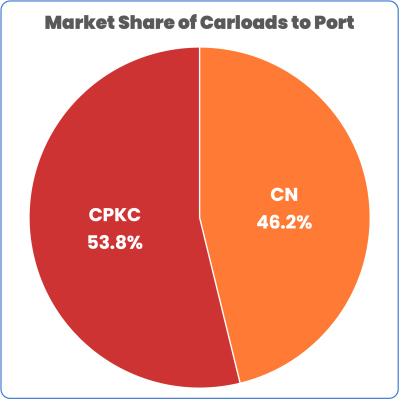
Freight volume to the Port of Prince Rupert increased 30.3% from August, and was up 7.6% from a year ago.
The change in train volumes from August included:

Train volume to Halifax increased by 6.1% in September, driven by increased Manifest volume.
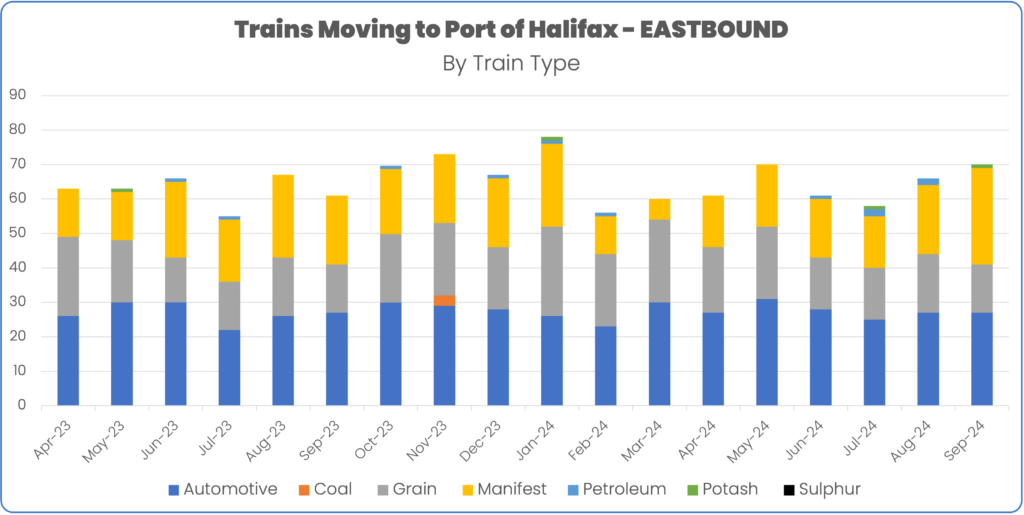
Train volume to the Port of Sydney increased by 4 trains in September (+40.0%).
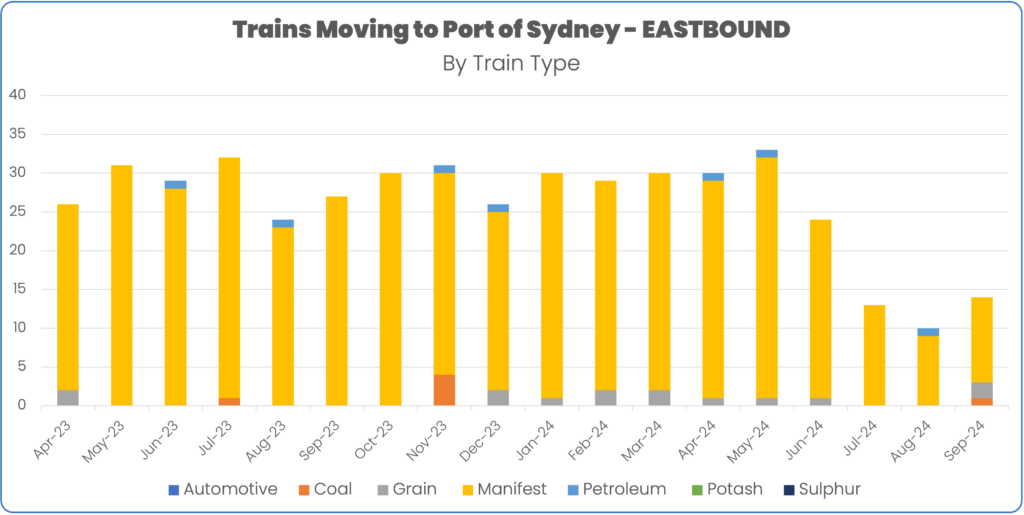
RailState recently added coverage for the Port of St. John, which sees all manifest volume. Train volume to the Port of St. John increased by 7 trains in September (+21.9%).
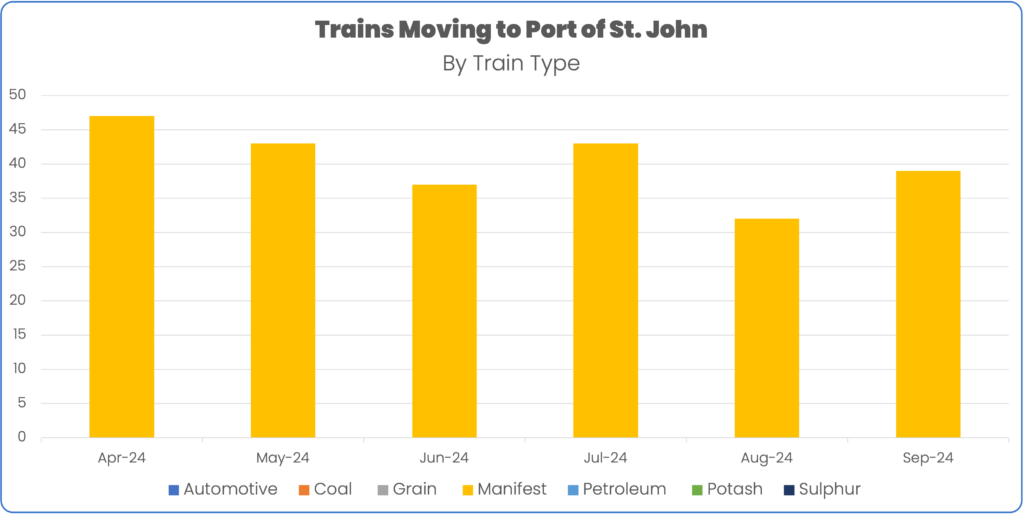
Train volume to Thunder Bay grew significantly, driven by increased grain volume.
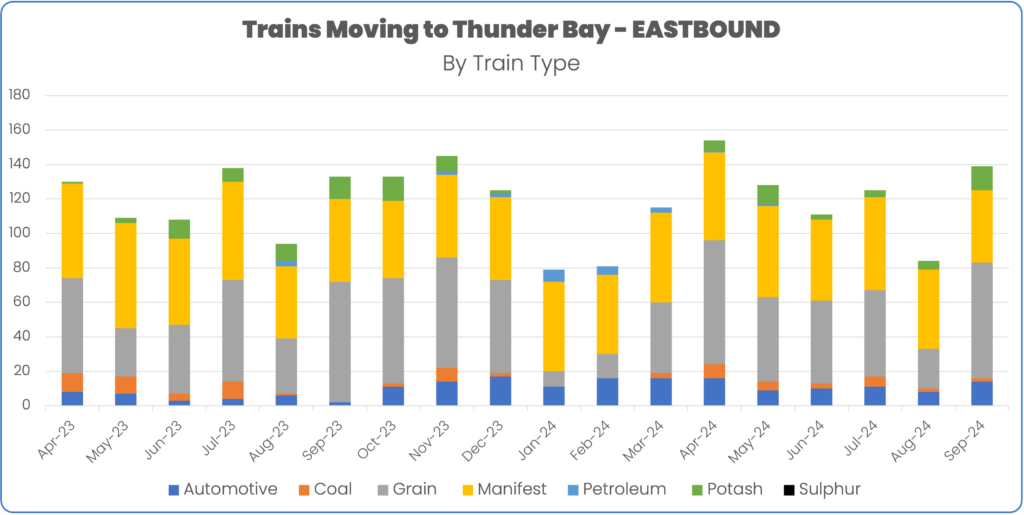
CPKC accounted for three-quarters of the carload volume into the port.

For additional information about this report or to receive other updates from RailState, please reach out to contact@railstate.com or subscribe to our blog.
Schedule your in-depth demo today to explore how Rail Network Intelligence can unlock insights for your rail supply chain.
Copyright © 2025 RailState LLC